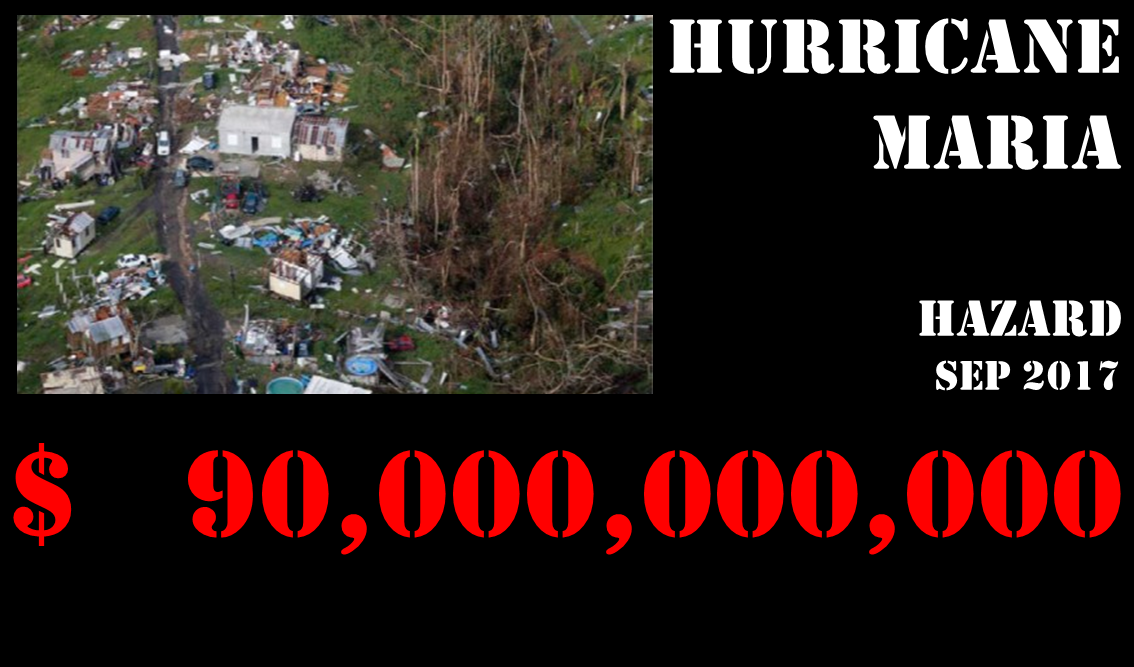The estimated costs of 2 billion dollars for the initial project phase might sound very high. But in comparison to other projects and events, it really is not that high.
Yes, the proposed amount is twice as high as the current spendings for the lighthouse project ‘The Great Green Wall Initiative’ (GGWI). But instead of the GGWI, the ‘Green Deserts’ project does not only try to mitigate the symptoms of desertification.
The ‘Green Deserts’ concept aims for mitigating the causes of desertification which is the direct exposure of bare soils to intensive sun radiation. By this, the ‘Green Deserts’ is – at least in our humble opinion – one of the most progressive and sustainable projects in the current spectrum of initiatives.
In additional comparison, the planned costs for the ‘Green Deserts’ project are less than half the costs for the Mars Rover ‘Perseverance’ which was sent to Mars in early 2021 and should analyse the surface for at least 2 years and which is still going.
In comparison to the costs for the new Berlin airport ‘BER’, the initial phase of the ‘Green Deserts’ project would of only cost one 4th of the ‘BER’. As well as the ‘BER’, the extended solar greenhouses will require constant technical service. But in contrast, the ‘Green Deserts’ project is not about wasting fossil fuel reserves for luxury travel-madness. The ‘Green Deserts’ concept is about gaining and gathering electricity for minimising general fossil fuel consumption while supporting the challenging task of exchanging gas-operated cars by electric vehicles.
Even more reasonable seems the ‘Green Deserts’ project when compared to the costs of modern entertainment events. For instance, the soccer world cup in 2018 consumed a sum of about 11 billion dollars whereas the soccer world cup in 2022 consumed about 220 billion dollars. This is a 110 times the costs for the initial ‘Green Deserts’ phase. And it is worth mentioning, the world cups were both a two-months event only. And, in addition, these entertainment events produced a lot of worldwide air traffic and probably of lot of soil sealing for new buildings and roads.
So, why not invest that, or even the same, or even just a portion of that money in a sustainable project that not only produces energy and food but also might be able to prevent hazards like floodings or hurricanes when even one of such events can destroy homes and infrastructures worth 50 times the project budget?
And if the initial phase has proven the validity of the ‘Green Deserts’ concept, it would be a simple step forward to a more balanced economic model in which the currently weak North African nations become the provider of the electricity in industrial countries, preferably the European ones due to the spatial closeness. Furthermore, by installing the extended solar greenhouses and buying the produced electricity, the European nations can do some sort of reparation for all the years of colonisation. By this, another positive effect could happen: people currently emigrating from the Northern African states could think about staying or returning home when there are options to make a living by having a safe and well-paid job as well as enough food and energy.
For example, according to the International Energy Agency the German people and economy consumed 481 TWh of electricity in 2022 – and electricity only. This consumption could be provided by a power plant containing 1,000 ‘Green Deserts’ projects.
In total, that would make a sum of 2,000 billion dollars which is about 9 times the costs of the soccer world cup 2022. Taken into account that the world cup was only a two-month event, the ‘Green Deserts’ power plant would be ‘reasonable’ if the plant would be in use for 9 ∙ 2 months. Since the power plant would not only be in use for only 1 ½ year, the concept is even more reasonable.
Especially in times where we might have to learn abstention from consumption and re-learn that some events and travels are simply luxury, and not a basic need to survive.







